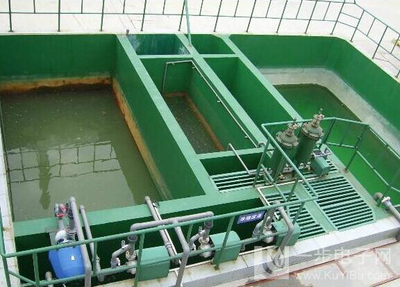Polyacrylamide (PAM) is a multifunctional water-soluble polymer. It can be divided into the following categories according to its ionic properties and structure. Each type has unique characteristics and application areas:
1. Nonionic polyacrylamide (NPAM)
Features: It has no charge and no ionic groups on the molecular chain. Therefore, its flocculation effect in water mainly depends on adsorption and bridging effect. It is suitable for neutral and acidic wastewater treatment and occasions where the pH value of raw water needs to be maintained.
2. Anionic polyacrylamide (APAM)
Features: The molecular chain carries a negative charge. Due to the electrostatic repulsion, it can effectively disperse solid particles and prevent particles from agglomerating with each other, thereby improving sedimentation and filtration efficiency.
3. Cationic polyacrylamide (CPAM)
Features: The molecular chain carries a positive charge, has strong adsorption capacity and flocculation efficiency, can effectively neutralize negatively charged colloids or suspended matter in water, and accelerate the sedimentation process.
Common features:
All types of PAM have good water solubility and are easy to form transparent and viscous solutions.
It has multiple functions such as flocculation, thickening, drag reduction, bonding, and colloid stabilization, so it is known as a "hundred-industry additive".
The molecular weight range is wide, from low molecular weight to ultra-high molecular weight, and can be selected according to different application requirements.
During storage and use, it is necessary to avoid high temperature, direct light and long-term storage to avoid degradation and affect performance.


